Lunge feeding humpback whales, photo by Gail Koza
Written by Alaina Lancaster
Andrea Dransfield has never been inside the belly of a whale, but she did get a pretty good glimpse inside several humpback’s mouths.
As a graduate student at San Francisco State University’s Romberg Tiburon Center for Environmental Studies, Dransfield got a first-hand view of humpback whales lunge feeding right next to the National Oceanic and Atmospheric Administration (NOAA) research vessel. The sighting was not only one of the most gratifying experiences of Dransfield’s research, but also it became a data point in her thesis. Between 2011 and 2012, she gathered records on oceanographic properties and humpback whale sightings during data collection cruises, adding to Point Blue Conservation Science’s extensive dataset. These data were subsequently used to create predictive models that could map out humpback whale high-use habitats and inform strategies for reducing the risk of whale ship strikes.
Kaitlin Graiff and Andrea Dransfield (right) with conductivity temperature depth (CTD) sampling equipment, photo by Jaime Jahncke
Each year, West Coast ships hit and kill about 18 blue whales, 22 humpback whales and 42 fin whales, according to a 2017 PLOS One study. During a five-week span this summer, five dead whales washed ashore in the San Francisco Bay Area. At least two of the whales exhibited signs of ship strike or entanglement.
As of this August, about half of the ships passing through the bay have voluntarily reduced their speed to 10 knots under National Marine Sanctuary guidance, according to NBC Bay Area. However, many ships continue to speed through these common feeding grounds, Dransfield said. “These whales are feeding and unaware and by the time they realize a ship is approaching, it can be too late,” she said.
Andrea Dransfield holding krill samples while on research vessel, photo by Jamie Jahncke
To help prevent these collisions, Dransfield and Point Blue Conservation Science and NOAA fellow researchers surveyed the Cordell Bank and Greater Farallones National Marine Sanctuaries collecting data on oceanographic properties and whale occurrences. These data collection cruises were part of Point Blue Conservation Science’s Applied California Current Ecosystem Studies (ACCESS) Program, a partnership that supports marine wildlife conservation and healthy marine ecosystems in north-central California by conducting ocean research to inform resource managers, policy makers and conservation partners.
The models revealed oceanographic and bathymetric variables that were statistically significant drivers of humpback whale habitat use. For example, the shelf break and slope were highly significant. Humpback whales use the shelf break and slope for foraging. These are areas of upwelling that bring nutrients to the surface, fueling primary productivity which forms the basis of the marine food chain. These highly productive areas result in high numbers of krill that the whales feed on. “By collecting data on where whales are and expanding that to a larger area, modeling can be used to make some good predictions about areas that humpback whales are routinely using,” said Dransfield. The resulting models illustrated humpback whale hotspots in the Bay Area. The predicted habitat areas were overlaid with previous and current San Francisco Bay Area shipping lane configurations, which indicated that changes in routes reduced areal overlap with humpback whale habitat, reducing the risk of ship strikes.
(A) Previous and (B) current San Francisco Bay shipping lanes (gray shading) overlaid on highly used humpback whale habitat model results, averaged across all months
Dransfield’s thesis advisor encouraged her to go to as many conferences and talks as possible to showcase this research. In 2012, she earned a grant from the American Cetacean Society, San Francisco Bay Chapter and used it to attend and present at the national organization’s annual conference. As a penny-pinching grad student, it was hard for her to afford conferences, but the grant helped the cetacean expert share her findings and recognize available career paths. “These conferences are the most perfect networking opportunity, especially for students coming right out of grad school,” she said. “You get to network with top marine mammal scientists—there’s no substitute for that. It’s an invaluable experience.”
Today, Dransfield is a marine biologist for an environmental consulting firm, Dudek. In the future, she hopes that NOAA and Point Blue Conservation Science can use her research to make additional recommendations to the U.S. Coast Guard to adjust a potentially problematic stretch of the northernmost shipping lane which directly overlaps with areas highly used by humpback whales.
In the meantime, members of the ACS community can help prevent whale ship strikes by reporting whale sightings. Enthusiasts can identify and log encounters with the help of apps that upload data to NOAA and partner organizations. “If you’re out there and you see cetaceans, you can log sightings and participate in citizen science, you can affect change and you can help save whales by relaying the information,” she said. “This is important data that allows managers to make conservation decisions about where the whales are, whether they are in the shipping lanes, and if it’s necessary to institute voluntary speed reduction policies and send out notifications to ships saying that whales are in the area and to be cautious.” For more information about whale sighting tools, check out our Tools page on our website!
Join our mission to protect and conserve whales, dolphins and porpoises through sound scientific research!
You can help American Cetacean Society, San Francisco Bay Chapter support further cetacean research and the next generation of marine scientists by making a tax deductible charitable donation today! We’re grateful for your support.




